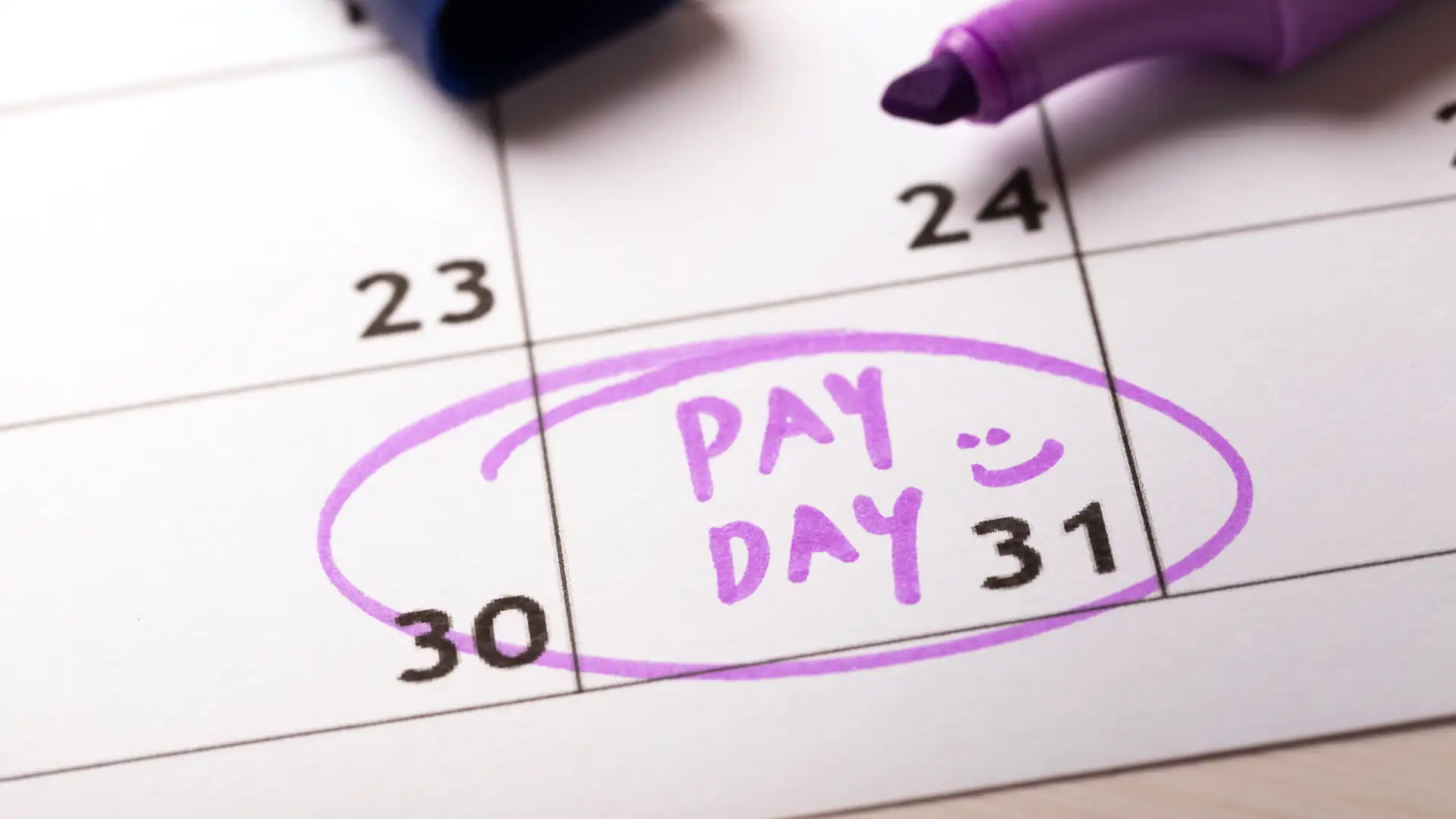What do I need to Know About Safeguarding?
Safeguarding in schools is everyone’s responsibility, whether you work in the classroom, an office or the school kitchen, you will be required to follow statutory safeguarding policies as well as any additional requirements that the organisation has.
Here, we will set out the legal frameworks that all schools operate under, and James Ray Recruitment’s expectations of our education candidates and supply staff. We require all of our candidates to have completed a safeguarding course before we can give any work in schools.
This guide will help you to understand the major safeguarding policies and frameworks that most schools operate under, to give you a heads up before your formal training or refresher information for those who have already completed a safeguarding course.
Please note: this guide is intended to provide useful information for school staff, and is not a replacement for formal training delivered by a qualified safeguarding officer.
The Key Objectives of Safeguarding
The Department for Education’s (DFE) statutory guidance, Keeping Children Safe in Education, sets out the four key aims of safeguarding as:
- protecting children from maltreatment
- preventing the impairment of children’s mental and physical health or development
- ensuring that children grow up in circumstances consistent with the provision of safe and effective care
- taking action to ensure that all children have the best outcomes.
Safeguarding is not limited to stopping or preventing physical abuse. Educators and other school staff have a responsibility to help all children develop socially, emotionally and physically and achieve their full potential.
What is Abuse?
The DFE sets out its definition of abuse as being, “a form of maltreatment of a child. Somebody may abuse or neglect a child by inflicting harm or by failing to act to prevent harm. Harm can include ill treatment that is not physical as well as the impact of witnessing ill treatment of others.” It further states that, “Abuse can take place wholly online, or technology may be used to facilitate offline abuse. Children may be abused by an adult or adults or by another child or children.”
Using the definition above, it is clear that educators and other school staff need to take a holistic approach to safeguarding: abuse can come in many forms, and any child is a potential victim or alleged victim.
To help specify forms of abuse, the DFE has identified four key areas for school staff to look out for.
Physical Abuse
Physical abuse is an act that causes deliberate physical harm to a child. Examples may include: hitting, throwing, burning, or poisoning.
Emotional Abuse
Emotional abuse is the persistent maltreatment of a child which causes adverse effects on their emotional development. Emotional abuse can come in many different forms, with ranging severity. Examples include:
- making a child feel unloved or not wanted
- not allowing play, or limiting normal social interaction
- making a child feel frightened
- not allowing a child to express their own views, or making fun of them
- witnessing the mistreatment of another person
There will be emotional abuse present in all other forms of child abuse, but it can also take place in isolation.
Sexual Abuse
Sexual abuse involves forcing or encouraging a child to take part in sexual activities. Violence may or may not be used, and the child may or may not be aware of what is happening.
Sexual abuse does not always mean there is physical contact. Sexual abusers may perform non-contact activities, such as showing sexual images to a child or encouraging them to watch sexual activities or taking part in online grooming.
Despite societal stereotypes, sexual abuse is not solely perpetrated by adult males. Women can also commit acts of sexual abuse, as can other children. 1 2
Neglect
Neglect is an ongoing failure to meet a child’s basic needs, both physical and psychological, which is likely to cause harm to their development. Neglect is the most common form of child abuse.3
Neglect can begin before birth, for example by maternal substance abuse. After birth, examples of neglect can include:
- not meeting basic needs such as food, clothing or shelter
- protecting a child from physical or emotional harm
- providing adequate supervision
- being ignorant or unresponsive to a child’s emotional needs
Specific Safeguarding Issues
Whilst the definitions above provide a broad definition of the four types of abuse, there are some highly specific ways in which they can manifest. These examples are specific safeguarding concerns that all school staff must be aware of, and be vigilant in looking for the signs of abuse.
The list is to provide highly specific examples of abuse, and assist in spotting the signs. It is not an exhaustive list of all safeguarding concerns that may present themselves in a school.
Child Abduction and Community Safety
Child abduction can be committed by one or both parents, for example when the child has been previously removed from their care, by other family members, by neighbours or friends, or by strangers.
Safety in the community can also be a concern, especially among older children who may travel to school without parental supervision. Examples may be unknown adults trying to talk to children, or criminal behaviour taking place in the community.
Child Criminal Exploitation (CCE) and Child Sexual Exploitation (CSE)
CCE and CSE occur when vulnerable children are coerced, manipulated or deceived into taking part in criminal or sexual activity. This results from an imbalance of power, whether that is an age imbalance, an imbalance of physical power, or taking advantage of a vulnerable child.
Sadly, vulnerable children are more likely be victims of CCE and CSE.4 This shows how different forms of abuse can overlap, or even escalate.
Domestic Abuse
Children can be both victims of domestic abuse, as well as witnesses to domestic abuse. Both of these are a safeguarding concern that can have a detrimental and long-term impact on their wellbeing.
Female Genital Mutilation (FGM)
FGM places additional legal responsibilities on school staff. Whilst all staff should follow the usual procedures for reporting safeguarding concerns (outlined below), the Female Genital Mutilation Act (2003), also gives teachers a legal obligation to report acts of FGM to the police.
Mental Health
Mental health problems are a safeguarding concern in and of themselves, as well as an indicator of other forms of abuse, neglect or exploitation. Only qualified professionals can make a diagnosis of a mental health problem, however school staff should work to identify pupils who show signs of mental health concerns so that they may be referred to appropriate external agencies.
Radicalisation and Extremism
Children can be vulnerable to extremist ideology, and radicalisation. They can be influenced by different methods, including: online material, social media, from friendship groups or from within the home.
Extremism and radicalisation can show themselves in many forms, from political and religious to gender based ideas.
School staff have a duty under the Counter-Terrorism and Security Act (2015), to have “due regard to the need to prevent people from being drawn into terrorism.” This is known as the Prevent duty. Teachers and other staff will be expected to understand the guidance of the Prevent duty, and procedures for referring a concern to their safeguarding lead or making a referral themselves in some cases.
Warning Signs of Abuse in Children
There are many indicators of abuse in children, which is related the many ways in which abuse can take place. Staff need to be extra vigilant when looking out for warning signs of child abuse. Some of the indicators can occur in children who don’t face abuse, some children may display a small number of them and some a lot.
Some common indicators are shown below, but the list is not exhaustive. It is meant to serve as general guidance. It is also important to note that some of the indicators will be displayed for more than one type of abuse.
People working with children should have the mindset that you cannot be too careful, and any indicators or concerns should be reported.
Indicators of Physical Abuse
Some more obvious indicators of physical abuse include: cuts, bruises, broken bones, burns, bite marks, swelling, respiratory problems or symptoms associated with poisoning.
Whilst many of these indicators can be normal occurrences, especially in younger children who are more prone to accidents and falling, any abnormal indicators should trigger concern. Bruises occurring frequently, in specific locations, or areas where you wouldn’t usually expect them (e.g. on the buttocks) can all be signs of physical abuse.
Girls who are struggling to move or sit without pain, or struggle to go to the toilet, may have had FGM performed and teachers must report this concern to the police.
Indicators of Emotional Abuse
Emotional abuse can manifest itself in the way that children interact with their peers and staff. Although, it should be noted that other forms of abuse may also cause this. This is because all abuse has an element of emotional abuse involved.
Children suffering from emotional abuse may seem excessively shy or anxious around others. Alternatively, they may be overly and inappropriately affectionate to strangers or those who they don’t know very well. They may struggle to contain their emotions, seem isolated from their parents or peers and act in age-inappropriate ways.
Indicators of Sexual Abuse
Some common tell-tale indicators of sexual abuse are overly sexual behaviour, that is inappropriate for their age. This may include using language that you would not expect a child of that age to know, or even engaging in inappropriate ways with other children.
Although urinary infections are common in young children, regular or ongoing discomfort in private areas can be an indicator of sexual abuse.
Indicators of Neglect in Children
Neglect is one of the most prevalent forms of abuse, but may be one of the more difficult ones to “see.” Obvious indicators include: poor hygiene, dirty or very ill-fitting clothing, ongoing health problems which aren’t being treated, failure to attend routine appointments, persistent difficulty in making contact with parents and poor school attendance.
Children suffering from neglect may also display indicators of other forms of abuse, particularly emotional abuse if their basic emotional needs are persistently being ignored.
What Should I do if I have a Concern?
If you suspect that a child is suffering from any abuse, it is essential to act quickly and professionally. It is also important to remember that any concern is important, and not to brush something off as “probably nothing to worry about.” The school’s safeguarding lead may have other information or concerns about that child, and your report could be part of a bigger picture. It may also be a missing piece of the puzzle that allows the relevant authorities to keep a child safe.
The point here is that you cannot be too careful in reporting your concerns.
Reporting to a Designated Safeguarding Lead (DSL)
All schools must appoint a DSL, who is part of the school’s Senior Leadership Team and has the DSL role explicitly included in their job description. In some schools, there will be more than one named member of staff or the DSL may have a team of support staff who can also be contact if you have a concern.
Each school will have their own procedures for reporting a concern to the DSL. Many will use an online system, whereas others may rely on paper reports. It is essential that you are aware of the school’s safeguarding procedures and that you know how to report any concerns.
What if a Child Discloses Something to Me?
If a child has chosen you to speak to, it means that they trust you. It is very important that you don’t breach that trust by not taking them seriously, or dismissing their concerns.
When a disclosure is taking place, give the child the time and space to tell you their concerns. Do not try to correct their language or ask them any leading questions, because it is essential that the report is made using the child’s words. You may ask questions to seek further clarification, such as, “when did this happen,” or “who was involved in this.”
You must never promise to keep a secret for a child. If a child asks you to keep something a secret, inform them that you cannot guarantee that you will be able to, and that you may need to tell someone else. If a child asks you this and then doesn’t say anymore, report this as a concern.
What if a Child is in Immediate Danger?
The wellbeing of the child is always the most important concern. If you believe that a child is in immediate danger, either right now or when they arrive home, you should notify the emergency services straight away.
Once you have contacted the emergency services, a report can be made to the DSL or other relevant school staff. Even if you have spoken in person to them, it is important to have a record of your concerns in case they are needed by an external agency.
Next Steps
Now that you are more familiar with the concept of safeguarding, and the role that school staff play in protecting children, you can be more prepared for formal safeguarding training. All teaching candidates and cover supervisors at James Ray Recruitment must complete our safeguarding training before you can be placed into a school.
If you’ve read this far, then working in a school is probably your aim. You may wish to browse our school vacancies, and make an application for any role that captures your interest.
Sources
- ‘Female child sex abuse ‘remains taboo’ while victims struggle,’ bbc.com
- ‘Child on Child Sexual Violence and Sexual Harassment,’ Keeping Children Safe in Education
- ‘Neglect is also Child Abuse: Know All About It,’ NSPCC
- ‘Child Criminal Exploitation,’ bhcsp.org.uk
Further Reading
Keeping Children Safe in Education (2022): Statutory Guidance for Schools and Colleges, Department for Education.
Female Genital Mutilation Act (2003), UK Government.
Counter-Terrorism and Security Act (2015), UK Government.
Education: Learning From Case Reviews, NSPCC, February 2023.







